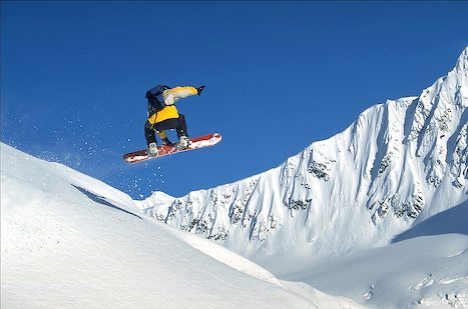First Aid Session 2 – Lesson Plan
November 17, 2009
Review – Preventing Infections
• Gloves [Removal]
• Masks [Pocket, Face shield w one way valve, Face Shield]
Lessons
- ESM [Refer to page 1-12 diagrams]
Has Four Steps
Scene Survey – Here you take control of the scene and find out what happened before helping any casualties
o Hazards
o Assess (||**Number of casualties + Priority**||)
Primary Survey – Here you asses each casualty for life-threatening injury or illnesses and give life-saving first aid
o Introduce/ Permission
o Survey casualty – RBS
o Treat Life threatening
Secondary Survey – During this step the first aider performs a more thorough check for injuries and illnesses that were not revealed in the primary survey, but would benefit from first aid
o Only do this step WHEN there are no life threatening injury left, and medical help is 20+ minutes away
o Take a more detailed background
• SAMPLE – Symptoms Allergies Medication Past and present medical history Last meal Events leading to the incident
• Asses Vital signs [Should be constantly monitoring anyways]
• LOC
• Breathing
• Pulse
• Skin Temp [cap refill]
• Head-to-Toe examination
• Give first aid
Ongoing Casualty Care – here you stay with the casualty until medical help arrives and takes over
o Comfort casualty, treat SHOCK (ongoing)
o Monitor ABC’s
o Protect casualties belongings
o Report on what happened – Tell whoever takes over: what happened? Injuries involved? First Aid Given.
- **GOLDEN HOUR**
- Recovery Position {Practice}
PPT - http://www.slideworld.org/slideshow.aspx/Emergency-First-Aid-and-CPR-ppt-21617
- Shock, Unconsciousness, Fainting
o Signs symptoms of Shock
o Assessing LOC – 3 LOC
o Fainting
• Impending
• First Aid for fainting
- Chocking – Adult
o Mild obstruction
• Able to speak
• Signs of distress – eyes show fear
• Forceful coughing
• Wheezing and gagging between coughs
• Reddish face
• Grabbing the throat
In this case do not touch the casualty. Talk to them. Tell them to try and cough the object up. Don NOT pat on the back!
• Severe obstruction
• Not able to speak
• Signs of distress – eyes show fear
• Weak or no coughing
• High pitched noise or no noise when trying to breath
• Grayish face and bluish lips and ears
• Grabbing the throat
Ask: “Are you chocking?” If the casualty cannot cough forcefully, breath or speak begin Abdominal Thrusts
Give each abdominal thrust with the intention of removing the object
Use only your fist – make sure you don’t press against the ribs with your forearms.
Keep giving abdominal thrusts until: Object removed, or casualty becomes unconscious.
If becomes unconscious – lower gently to the ground – send for AED if available
Check mouth to look for any foreign matter
Give 2 breaths – watch chest for movement (rise and fall?)
Begin chest compressions. Give 30 compressions. 1 per second.
Repeat mouth check; attempt to ventilate; reposition; 2nd attempt; chest compressions
If you remove the blockage or if chest rises when you ventilate, give two breaths. If there’s is no response, continue with normal CPR. If casualty begins to respond, give Ongoing Casualty Care.
Cardiovascular Disease
• High blood pressure
• Narrowing of the Arteries
• Angina Attack
• Heart Attack
• Signs and Symptoms
• First aid
Stroke
• Signs and symptoms
• First Aid
CPR – Cardio-Pulmonary Resuscitation
Subscribe to:
Post Comments (Atom)

this is a great way for us to learn about first aid. thanks
ReplyDelete